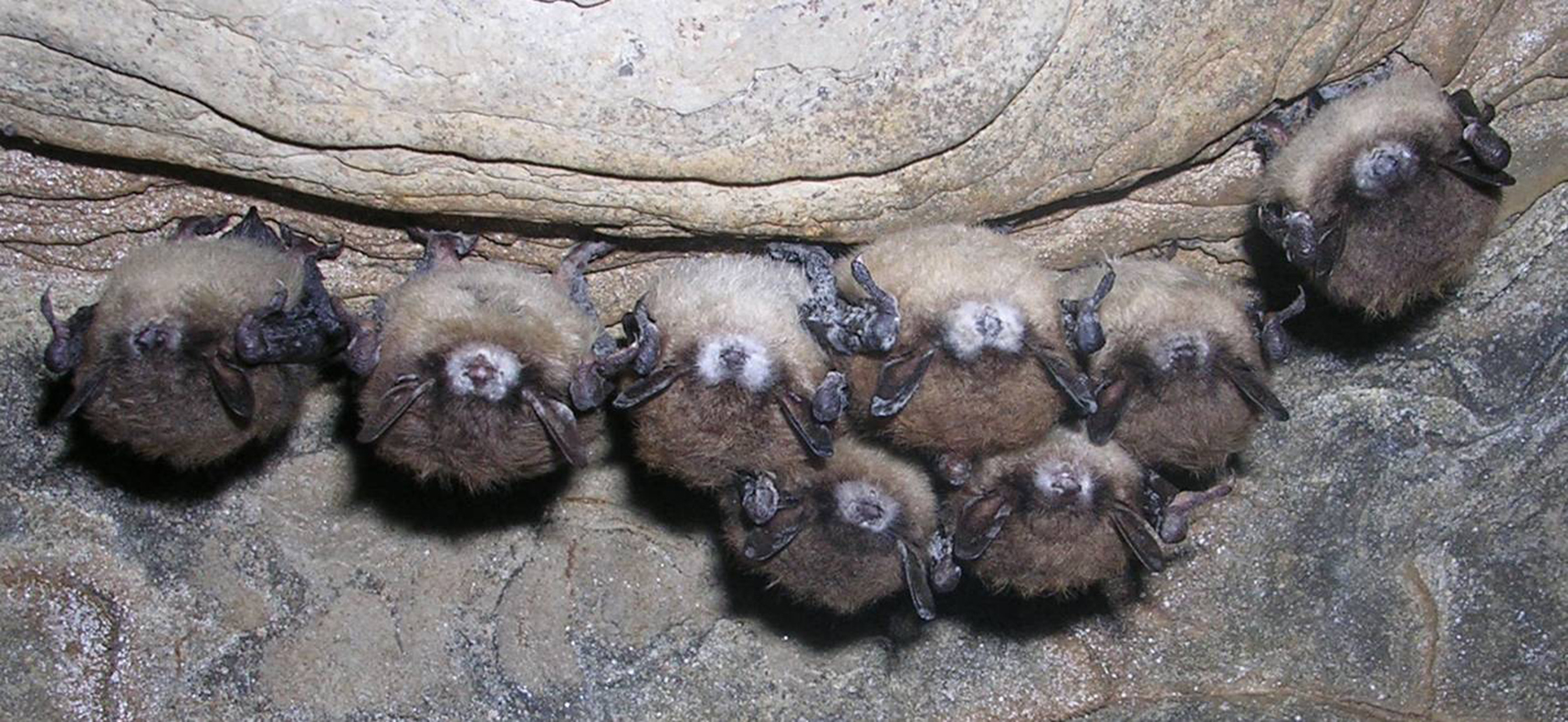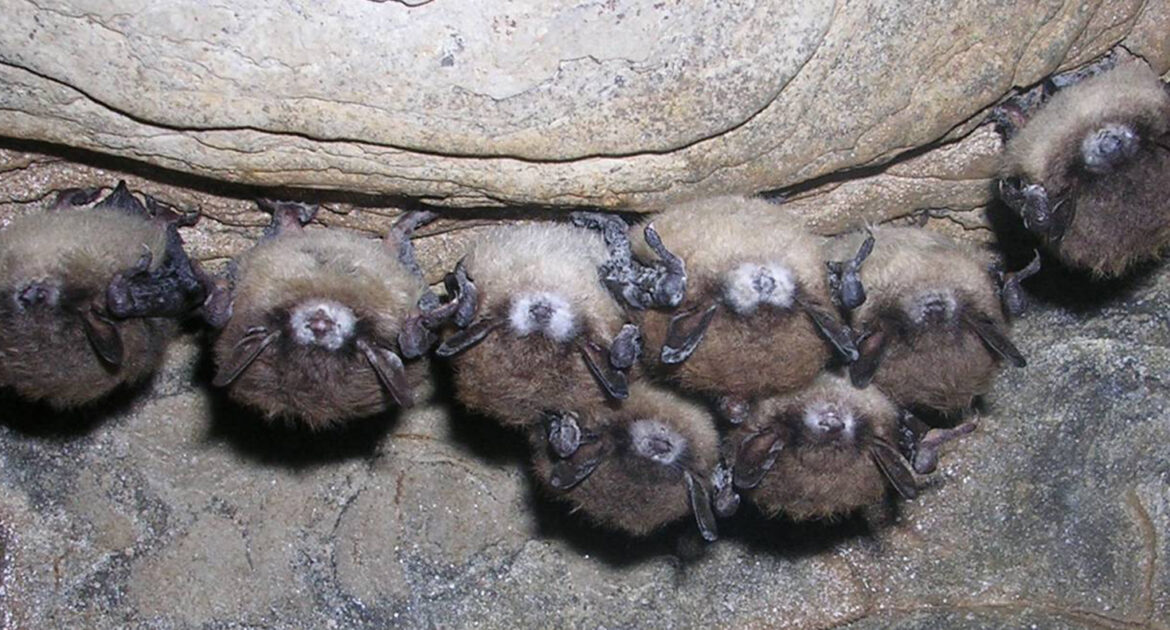If you are dealing with a bat problem, you may notice that there are fewer sightings as the weather gets colder. Unfortunately, this doesn’t mean that the bats have simply gone away. Instead, they are likely hibernating in the warmth of your attic or wall cavities. Skedaddle Humane Wildlife Control can help you with bat removal and prevention. Understanding their hibernation activities can prepare you for dealing with bats in the winter.
How Bats Hibernate
Like many other mammals, bats hibernate during the winter. Depending on the species of bat, they may either sleep almost all the way through the winter or periodically wake up to exercise and find food. Some bats like to find special places to hibernate, while others prefer to rest in areas where they spend the rest of the year.
Hibernation involves bats dropping their body temperatures and metabolism significantly. This allows them to use much less energy. Colonies also typically cluster together to trap warmth between them (improving efficiency). The goal of hibernation is to be able to survive for extended periods on only a few grams of stored fat, limiting the amount of time-wasting energy in search of food. Bat hibernation is an impressive example of efficiency and adaptation.
How They Get Ready
Before the coldest weather sets in, bats tend to be very active to start building fat. They spend a lot of time finding food before beginning to hibernate. Additionally, they locate a place that is warm, safe and dry. This may be an existing colony site or somewhere new. Eventually, they will go into a sleep-like state that allows them to conserve energy to an extreme degree.
Unfortunately, sometimes the answer for finding the right site is human homes. We offer bats spaces that are dark, warm, dry and rarely visited such as attics and crawl spaces.
When They Finish Hibernating
Bats may wake up periodically during the winter to fly around a bit. During these wakeful periods, they may also look for a little extra food. However, they end their hibernation as the outside temperatures start to rise again. Like other hibernating animals, bats end their slumber in the spring. Once they have awoken, there is more abundant food to survive on.
Bats Hibernating in Attics
Bats love attics for hibernating. If they make their way into yours, they could potentially be there all winter. This can result in a lot of droppings piling up. Plus, bats themselves can pass diseases to people and pets. In other words, you don’t want to ignore the problem. However, you also shouldn’t try to handle it yourself (this can be dangerous as bats can carry rabies among other pathogens). Typically, bats cannot be properly removed from homes until hibernation has ended, as waking them from hibernation reduces their chances of survival significantly – damaging an already endangered population. This is why it is important to address any bat problem promptly.
Dealing With Bat Infestations
If you have a bat infestation, you should address it quickly. However, you do not want to try to handle them yourself. Instead, call a professional wildlife removal service that keeps you, your family and your home safe.
Skedaddle Humane Wildlife Control services focus on removing infestations in a manner that is kind to animals while also achieving longer-term results than more traditional removal methods. We achieve this by understanding animal behaviour, and over 30 years of practice.
We start by identifying the causes of the problem. Then, we address the issues so that when the bats are removed, they won’t come right back. When ready, we remove the bats (or other wildlife). Finally, we clean up the area to minimize the risk of disease spreading.
Schedule Wildlife Control Services Today
Do you need bat removal services at your home or business? Skedaddle Humane Wildlife Control can help you with the issue. We offer fast and effective solutions. Contact us today to learn more about our wildlife control services. We will get you started with an initial consultation.




